In the heart of Denver, Christina and Ian Lacey once nurtured a dream. In 2017, they took a leap of faith, leaving behind their stable careers to transform their hobby into a small business. Their venture, Retuned Jewelry, blossomed from their home into a thriving enterprise, handcrafting donated guitar and bass strings into elegant earrings, necklaces, and bracelets. Their hard work paid off, with annual sales averaging $360,000, largely driven by the vibrant music and art festival scene. "We’ve worked 24/7 on this," Christina once said. "This is our baby. We’ve pushed through burnout just to keep it alive." But now, their dream is under threat from an unexpected source: President Donald Trump’s 145% tariffs on Chinese imports.
The impact of these tariffs is not just a distant economic theory; it is a harsh reality for small businesses like Retuned Jewelry. While large corporations may have the resources to weather such economic storms, smaller operations are far more vulnerable. According to John Arensmeyer, founder and CEO of Small Business Majority, an advocacy group representing 85,000 small businesses, these tariffs are creating a crisis for small enterprises. "Small businesses have thinner margins and less leverage to negotiate with suppliers," Arensmeyer explained. Faced with rising import costs, small businesses like the Laceys' have few options: raise prices, cut staff, delay growth plans, or shut down entirely.
The Laceys' story is emblematic of the challenges faced by small businesses across the United States. While they rely on free strings that would otherwise end up in landfills, the other materials they need—beads, chains, clasps, and hooks—come from China. Ian has tried sourcing these materials domestically, but to no avail. "We’ve looked," he said. "There’s no facility here that makes what we need." The Laceys have already raised prices on their products in anticipation of the tariffs, but for many small businesses, such measures are not enough. Arensmeyer warns that small businesses typically lack the cash reserves to weather unexpected price hikes. The tariffs, he says, amount to a crisis where "they don’t have much control."
The Mitchell Group, a second-generation, family-owned textile company based in Niles, Illinois, is another example of a small business struggling under the weight of tariffs. Ann Brunett, the company’s chief operating officer, described the strain on their cash flow. "Because of our business model, tariffs have put a serious strain on our cash flow," she said. "We typically keep goods on hand. So, I’m paying a 45% tariff—plus duty—to bring in products that might sit on a shelf until our distributors need them. That ties up our cash." The Mitchell Group employs 18 full-time staff and 12 sales representatives, generating just under $10 million in annual revenue. Brunett vowed to do "everything we can" to avoid shutting down, emphasizing that the business "means everything to us" and that they want to avoid laying off their staff. President Bill Fisch has explored production alternatives in Vietnam, India, Malaysia, and even Europe, but he found that no one has the infrastructure China does. "We need our coated fabrics produced under one roof and to our exacting standards," he said. "You can’t make one part in Vietnam, another in India, and assemble in Thailand. It doesn’t work."
While President Trump has argued that tariffs will bolster domestic manufacturing, the reality is far more complex. Arensmeyer pointed out that increasing US production is not something that can be achieved overnight. "You can’t just say, ‘Oh, we’re going to have a tariff, and now people are going to buy domestically,’ when we don’t have those products being made domestically," he said. The textile and apparel industry in the United States has been in steady decline for decades, largely due to the rise of cheaper overseas production and globalization. Sheng Lu, a professor at the University of Delaware’s Department of Fashion and Apparel Studies, noted that key materials like specialized vinyl polymers and textiles are virtually nonexistent in the United States. Fisch echoed this sentiment, adding that he couldn’t find enough workers to staff a fabric factory in Mississippi. "The textile business for our kind of product? It’s gone here," he said.
The impact of these tariffs extends beyond just the bottom line of small businesses. It affects the livelihoods of employees, the communities that rely on these enterprises, and the broader economy. Small businesses are the backbone of the American economy, creating jobs and driving innovation. When they struggle, the ripple effects are felt far and wide. The Laceys' dream of turning their hobby into a successful business is now at risk, and they are not alone. Countless small businesses across the country are grappling with the same challenges, forced to make difficult decisions that could alter their futures forever.
Moreover, the tariffs are not just an economic issue; they are a human one. The stress and uncertainty imposed on small business owners like the Laceys and the Mitchells are taking a toll on their mental and emotional well-being. The fear of losing everything they’ve worked so hard to build is ever-present, and the lack of control over their fate is deeply unsettling. These tariffs are not just numbers on a balance sheet; they represent real lives, real dreams, and real struggles.
The tariffs imposed by the Trump administration are having a profound and far-reaching impact on small businesses across the United States. Companies like Retuned Jewelry and the Mitchell Group are facing unprecedented challenges, forced to navigate a landscape of rising costs, dwindling cash reserves, and uncertain futures. While the intention behind the tariffs may have been to protect domestic industries, the reality is that they are causing significant harm to the very small businesses they were meant to support. As the Laceys and the Mitchells fight to keep their dreams alive, it is crucial for policymakers to recognize the human cost of these economic decisions and to consider the long-term impact on the backbone of the American economy. The future of small businesses hangs in the balance, and the choices made today will shape the economic landscape for years to come.

By Eric Ward/Apr 29, 2025
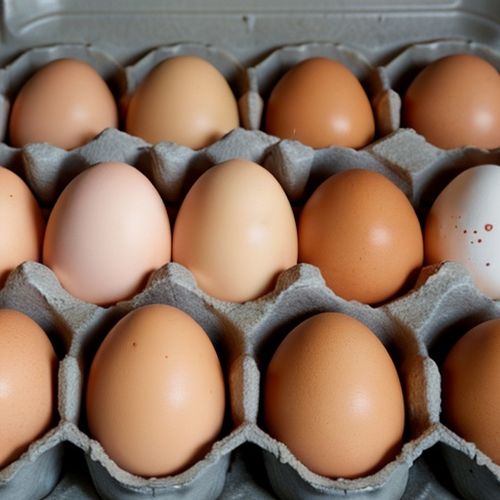
By Jessica Lee/Apr 29, 2025

By Lily Simpson/Apr 29, 2025

By Amanda Phillips/Apr 29, 2025
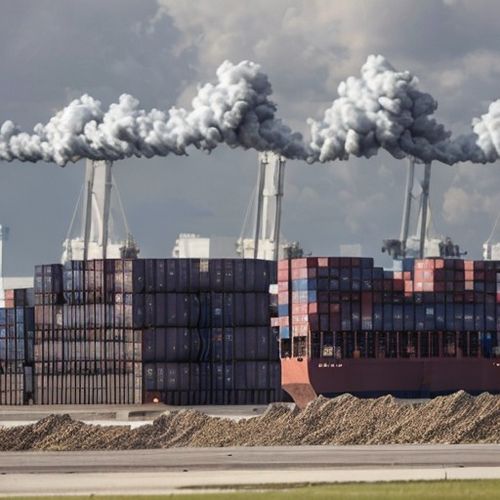
By James Moore/Apr 29, 2025
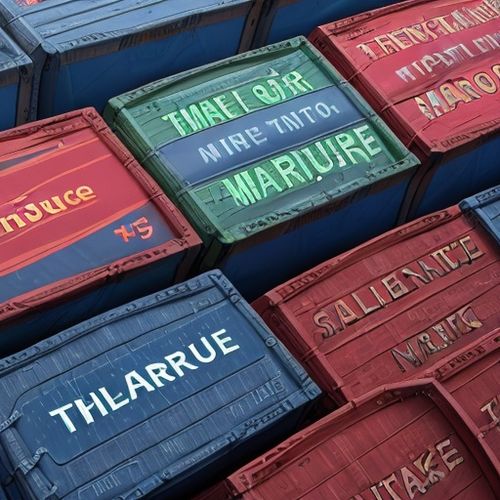
By Amanda Phillips/Apr 29, 2025

By Sophia Lewis/Apr 29, 2025
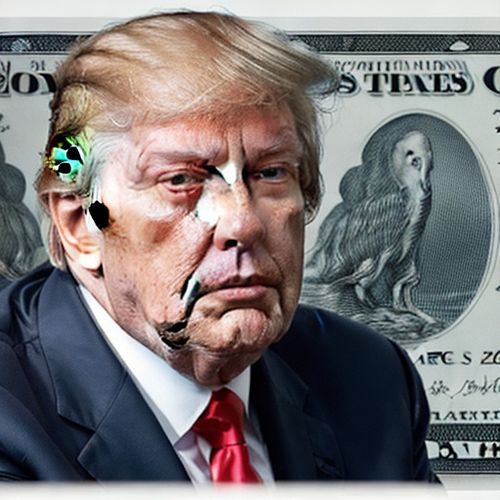
By Ryan Martin/Apr 29, 2025

By Elizabeth Taylor/Apr 29, 2025

By Noah Bell/Apr 29, 2025
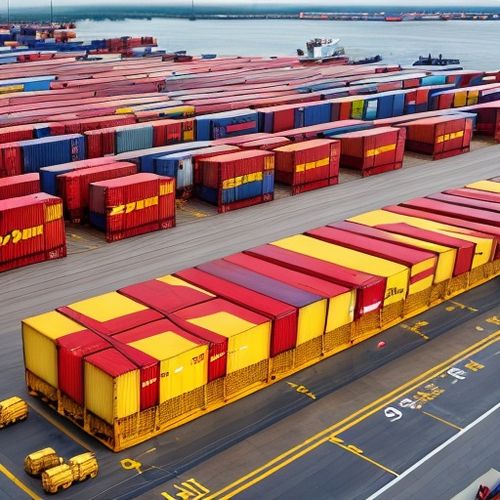
By Emily Johnson/Apr 29, 2025

By Grace Cox/Apr 29, 2025

By Rebecca Stewart/Apr 29, 2025

By Elizabeth Taylor/Apr 29, 2025
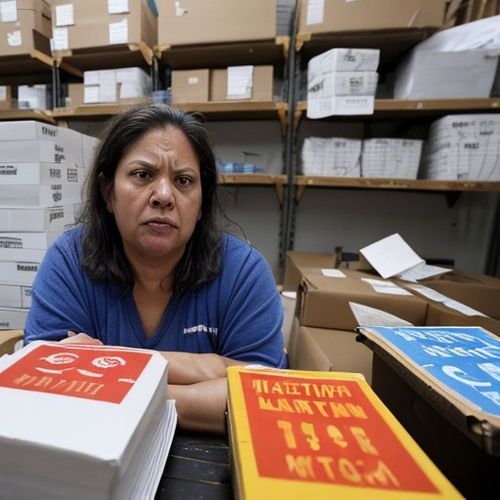
By Michael Brown/Apr 29, 2025
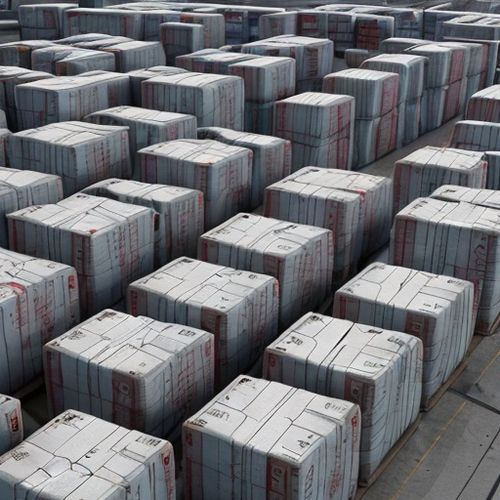
By Olivia Reed/Apr 29, 2025
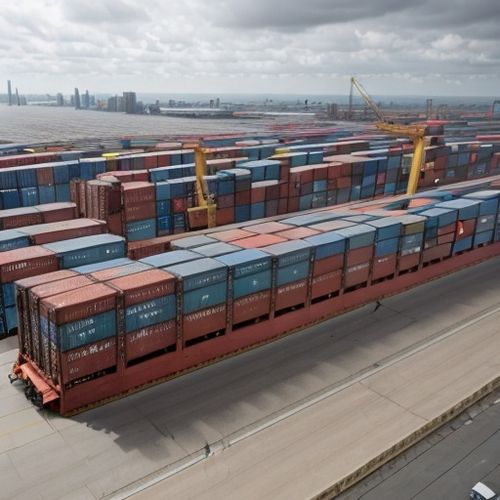
By Daniel Scott/Apr 29, 2025
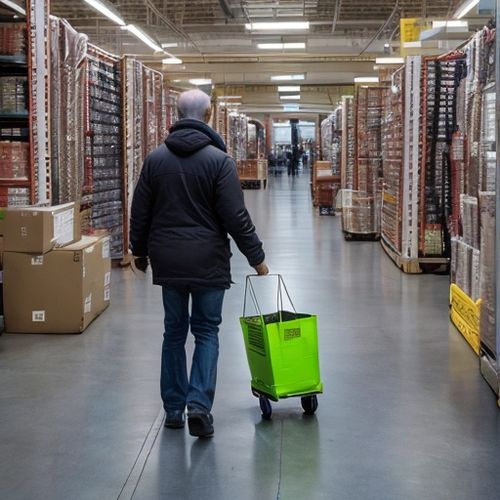
By Joshua Howard/Apr 29, 2025
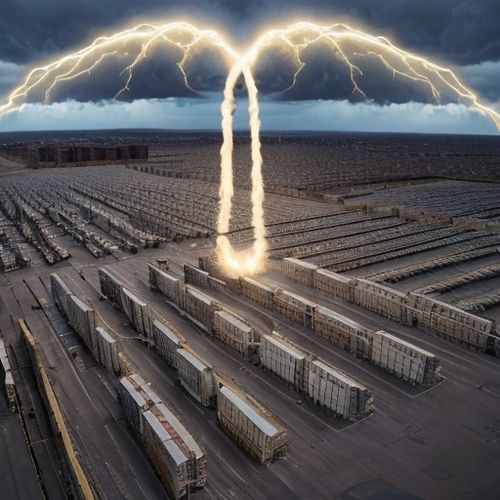
By Megan Clark/Apr 29, 2025

By John Smith/Apr 29, 2025